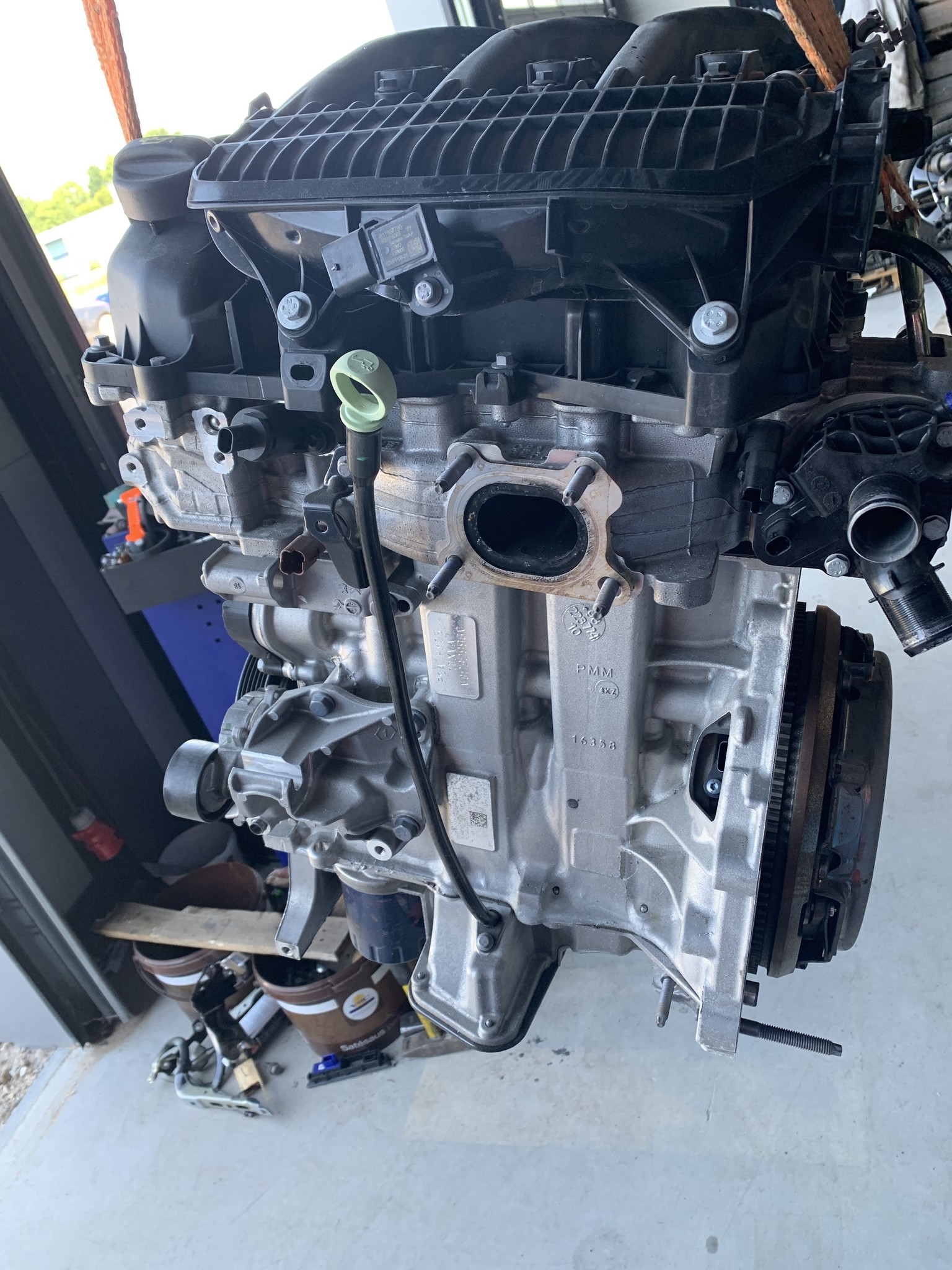Headers aren't for just high rpm. A good set of headers, matched well to the engine, can improve power and efficiency everywhere in the curve. The tri-Y headers I put on the 289 SBF in my '66 Mustang picked up +6 lb-ft right off the hit at 2000 rpm, was +8.5 average lb-ft better from 2000-4000 rpm, and picked up +19 HP at 5200 rpm.
The restriction in something like the ramhorn manifolds isn't in the flow but the primary and collector dimensions. With such short primaries, there's no wave harmonics happening. The exhaust mass velocity plateaus quickly with no opposing pulse reflection to scavenge the cylinders. This results in more natural EGR effect with more residual exhaust gas in the cylinder, higher residual cylinder temperatures, reduced combustion efficiency, and loss of power.
For a low rpm cruise state, you want to keep up exhaust velocity far away from the exhaust valve like you do at high rpm and WOT. The lower rpm needs much longer primaries to make that happen.
Improving combustion efficiency improves everything. Fuel economy and power both increase, emissions decrease, chamber and piston deposits decrease, exhaust gas temps and head/coolant temps decrease, etc...
I had a 2007 Focus with the 2.0L Duratec. I ditched the stock log-ish manifold for a tubular manifold and GT28RS turbo with FMIC at 12 psi. It had custom cams from Crower and some head porting as well. I ran a 2.5" downpipe and intermediate pipe to a straight-thru style muffler and no cat. It PASSED the tail sniffer in Maryland. Granted the numbers were toward the higher end of the range, but it still passed. With the help of Benjamin Franklin, it passed the visual part too. lol All emissions equipment was gone and ignored by the tune. Even with the turbo, cams, and 4.06 final gear, I still averaged 1-1.5 mpg better than advertised highway mpg. I would bet it was putting out less emissions per mile driven, per minute idling, than when it was choked by its own farts from the OEM.



